Removing acrylic paint from plastic is similar to trying to remove a tenacious sticker that refuses to come off no matter how hard you try. You might get frustrated with this job if you don’t know the right way to do it. The positive outlook? Acrylic paint is readily removed from plastic surfaces with the correct methods and supplies. Come along and find out!
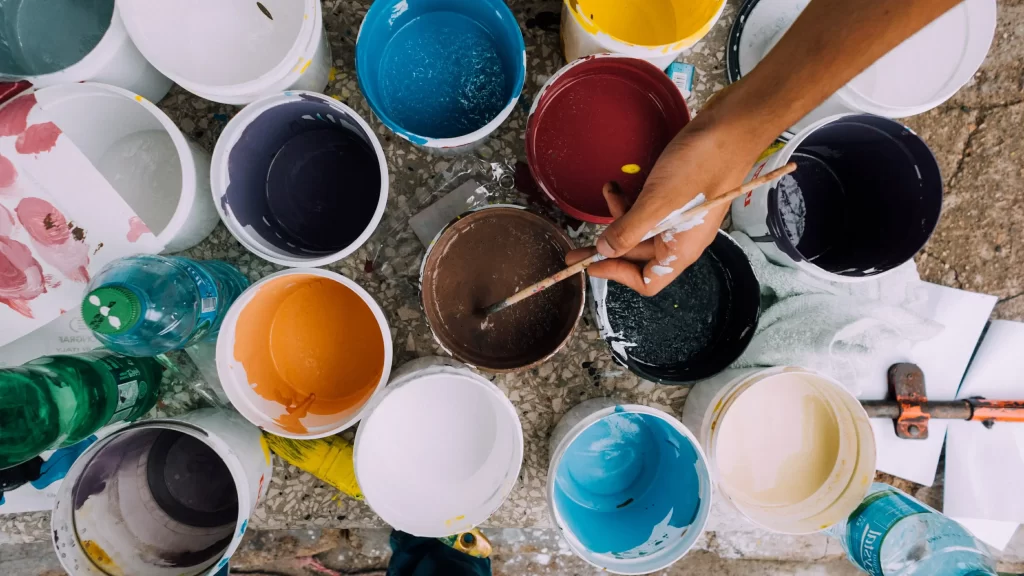
Identify the Type of Plastic Surfaces
Before you begin, you should understand the type of plastic you’re working with. Different plastics react differently to cleaning agents and techniques. Some plastics are brittle and scratch easily, while others are stronger.
To differentiate between these plastics, use a match to melt an inconspicuous spot and observe the following reactions (via Real Milk Paint):
- Polyethylene drips and smells like candle wax.
- Nylon has a smoky flame and marigold scent.
- Polypropylene drips and smells like dirty engine oil.
- Plasticized PVC: green flame and white pungent smoke.
- Polycarbonate doesn’t drip and has a phenolic scent.
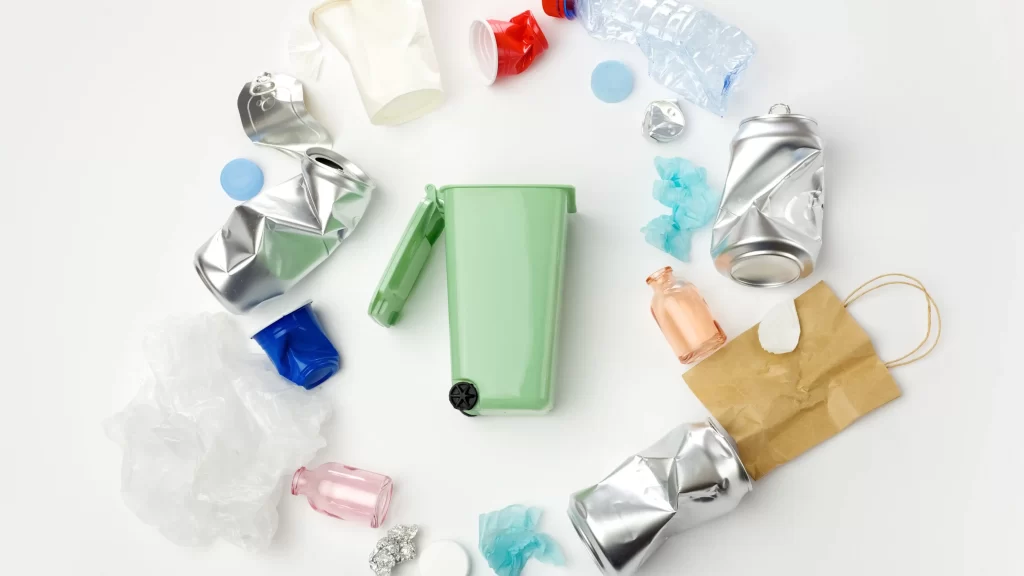
Prepare Your Workspace and Materials for Removing Paint
Set up your work area and check that it is well ventilated before starting your project. Wear gloves to safeguard your hands when removing paint from plastic with paint thinner or solvents like nail polish remover, paint strippers, or denatured alcohol. To prevent inhaling solvent or paint stripper fumes, think about donning a mask as well. For spills and drips, cover your work area with plastic sheeting or old newspapers.
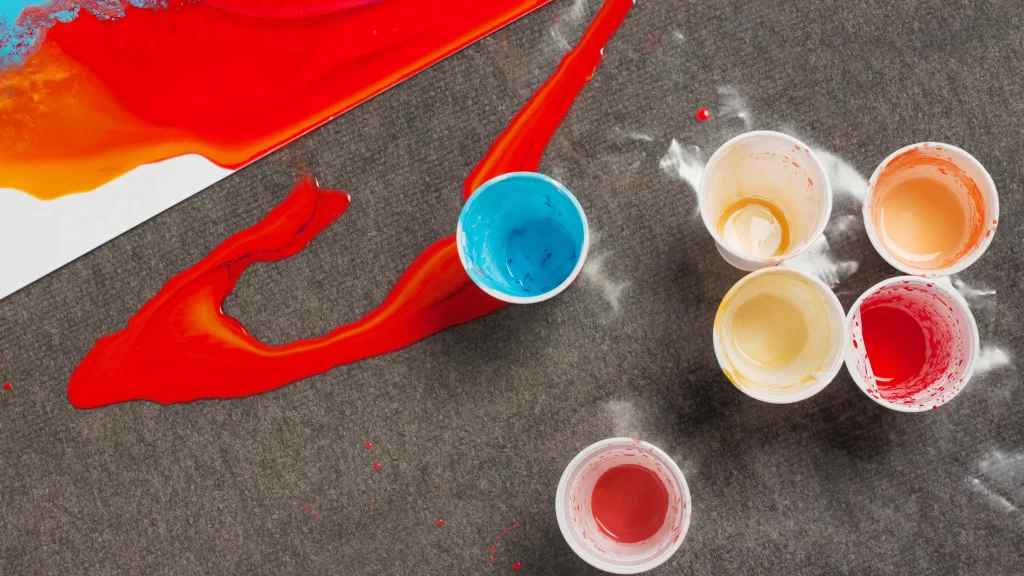
Essential Tools and Materials
- Paint scraper
- Warm soapy water
- Vegetable oil
- Paint stripper or solvent
- Rubbing alcohol
- Soft cloths or paper towels
- Protective gloves, and eyewear and mask
- Plastic wrap
Techniques for Removing Paint From Different Plastics
We’ll investigate a range of techniques for the best paint removal results, working our way up to more aggressive ones from less likely to harm the plastic.
Using a Plastic Paint Scraper
This technique removes extra paint best when used with warm water. With the scraper held at a 45-degree angle, carefully scrape under the paint’s edge. Raising the paint off the plastic, use even, smooth strokes. Removing any extra paint with a clean rag after scraping the paint in small, controlled strokes takes patience.
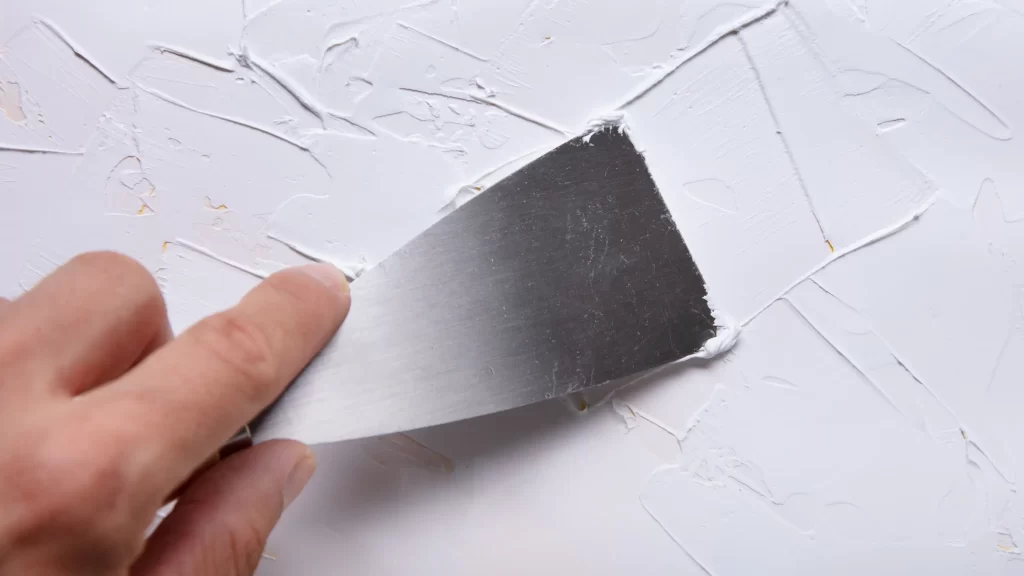
Applying Paint Stripper or Solvent
Using a scraper alone is insufficient to remove stubborn dried paint stains. At this point, we’ll need paint strippers or solvents to help dissolve the paint. These strong solutions can dissolve the paint, making it easier to remove. However, be cautious with these solvents because they can damage some plastic surfaces. We can use a simple solvent that will not damage the plastic, such as vegetable oil. Simply apply vegetable oil to the surface of the dried paint, cover it with plastic wrap, and wait a while. Wipe the plastic item’s surface with a sponge or rag and allow it to air dry.
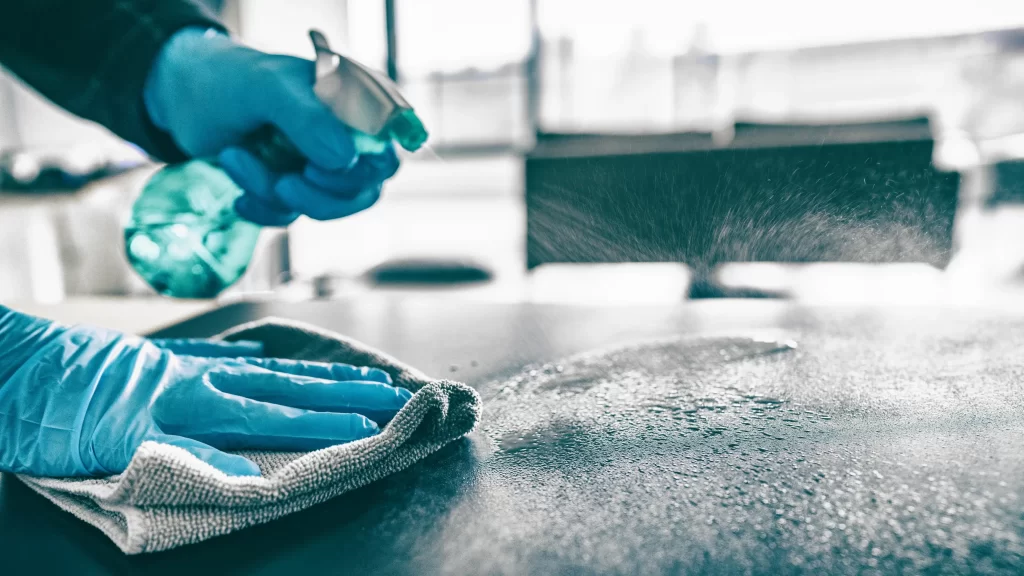
Choosing the Right Paint Remover Solvent
There is a wide variety of solvents on the market. For tiny objects, like plastic models, rubbing alcohol is a great way to remove excess paint. For the majority of acrylic paints, denatured alcohol or removers based on acetone will do the trick. You can use these solvents to remove paint from most plastic surfaces without worrying about harming them. Methyl ethyl ketone (MEK) and paint thinner are highly corrosive solvents that can harm your plastic items.
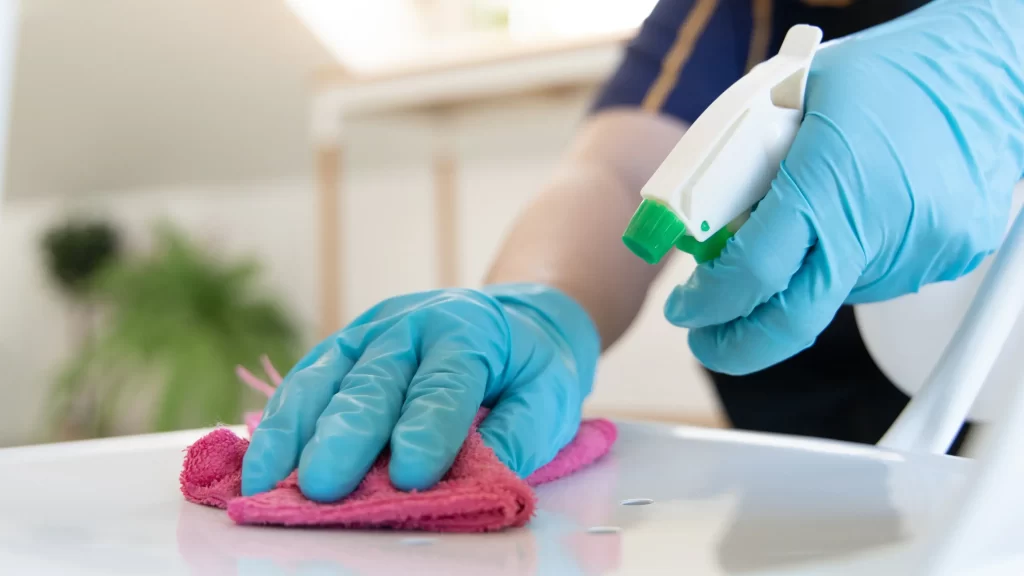
Applying Paint Remover Solvent Safely
- Applying paint removers releases fumes that can be dangerous if breathed. Select an area to work in that is well ventilated. A fan behind you will help move air if a good work area isn’t available.
- Get your protective gear ready, including goggles, an apron, gloves and rubber gloves. These shield the solvent from your skin and eyes.
- To be sure the solvent won’t harm the plastic’s surface, test it on a tiny, inconspicuous section before applying it to the entire stain.
- Spoon a little solvent onto a cotton ball or spotless piece of cloth. Circularly work the solvent into the paint stain.
- Paint will start to come loose and transfer to the cloth as you rub. Up until the paint is gone, keep wiping with a fresh cloth or paper towel.
- When the paint is off, make sure to give the area a good cleaning with dish soap and water or another common household cleaner.
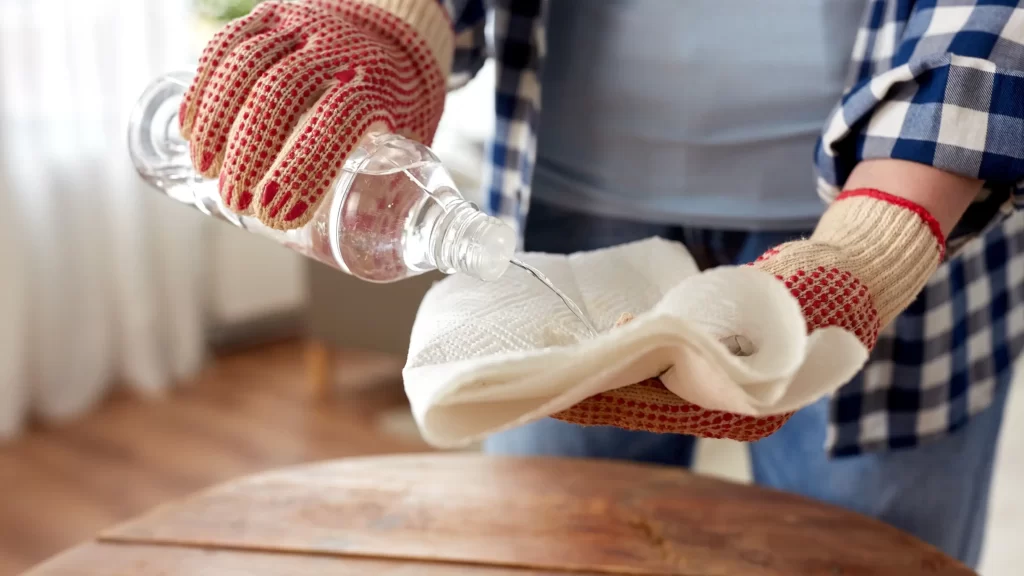
Tips for Cleaning and Restoring the Plastic Surface
Using a soft-bristled brush or sponge, gently scrub the area with a good-quality detergent such as trisodium phosphate or a mild soap and water solution. Thoroughly rinse, then use a fresh cloth to dry the surface.
A fantastic help for cleaning plastic is also a paste of baking soda and water. Debris and paint stains lodged in dents and grooves are removed by it. If the plastic surface is stained stubbornly, let the baking soda solution to sit for a while, then rinse it with soapy water and dry it with a soft cloth.
You might try buffing the plastic surface with a plastic-safe polish or conditioner if, after the paint has been removed, it seems dull or fuzzy.
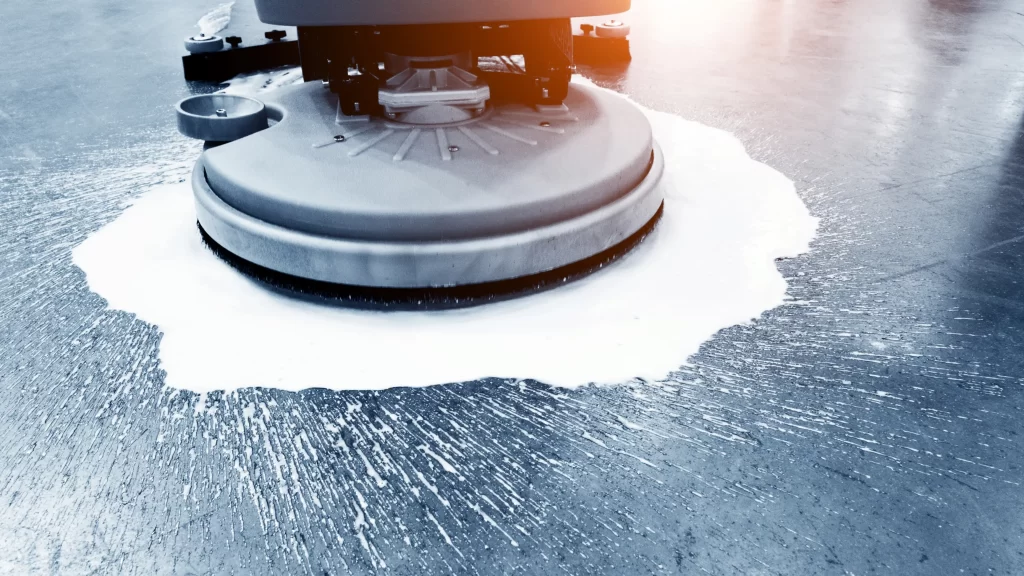
Ways to Prevent Future Paint Damage to Plastic
To keep paint from splattering onto furniture and floors, cover your work surface with plastic or a dust sheet before you paint.
To shield the edges of paint from paint if painting close to plastic surfaces, use painters tape.
Clear movable furniture from the area you plan to paint. To protect heavy furniture, erect a tent of trash bags around it.
Should paint spill onto plastic, wipe it up right away to prevent it from drying.
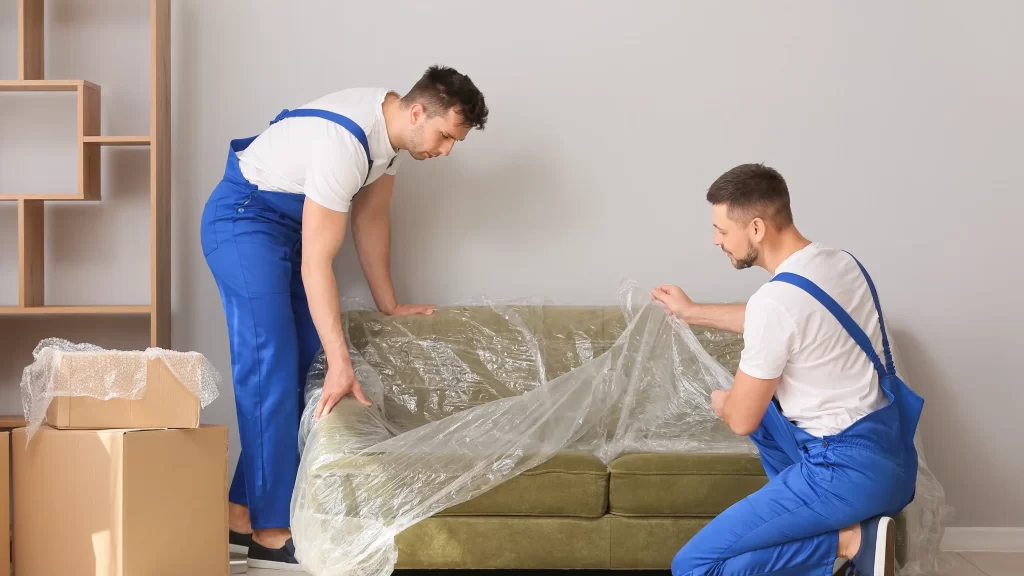
Final Words
Though it can be a pain, removing acrylic paint from plastic surfaces can be made easy with the correct tools and methods. Finding the right materials, determining the kind of plastic, and applying the correct methods will let you quickly return your plastic goods to like-new shape. While you’re at it, though, take your time, handle the plastic carefully, and exercise safety.
FAQs
Ammonia Solution. Good old cheap ménage ammonia is relatively effective in removing semidry and dry acrylic makeup from porous shells, similar to essence, glass, and plastics. This is because ammonia is frequently used to stabilize acrylic mixes by raising that.
Isopropyl alcohol is the best choice for removing dried acrylic paint from clothing. While other stain-removing agents, such as ammonia, acetone, or paint thinner, can be used to dissolve acrylic paint, they’re best used for removing acrylic paint from hard surfaces rather than from textiles.
For instance, nail polish remover may be your best bet to remove small paint splatters from acrylic items. At the same time, a simple application of rubbing alcohol can often loosen unwanted paint on small items like plastic models.
There are a few different ways you can remove paint from plastic. Warm soapy water is the best place to start. Soak a dishcloth and rub at the paint until it starts to come away. If warm water doesn’t work, use cooking oil.
99.9% pure isopropyl alcohol: Finding a bottle of isopropyl alcohol is your best bet for removing model paint. This product gives you the best base, is an excellent cleaner and is an inexpensive solvent. Containers: You need at least three containers to use as you remove the paint.
Sources:
- How to Remove Paint From Plastic
- 5 Liquids That Can Remove Dried Acrylic Paint From Surfaces
- How to remove Acrylic paint from plastic
- How to Remove Acrylic Paint from Plastic Models
- 5 Liquids That Can Remove Acrylic Paint
- How to remove Acrylic Paint from plastic
- Removing Paint From Plastic Models
- How to Remove Paint from Plastic
- How To Remove Acrylic Paint From All Surfaces?
- how can I get paint off of clear canopy parts safely?
- How to Remove Paint from Plastic
- Remove Acrylic Paint from Clothes and Other Surfaces with Ease
- How to Remove Acrylic Paint from Various Surfaces Effectively
- How to Remove Acrylic Paint from Clothes
- How to Remove Acrylic Paint from Anything and Everything
- How do I safely remove paint from Plexiglass once it has dried?
For more laundry tips, hacks, and advice:
- Do Tide Pods Really Expire? How to Know If Yours Are Still Good
- Laundry Room Doors That Shine in Hallways
- Get The Twist On DIY Clothes Wringers
- Tap Cold vs Cold Water: Which is Best for Washing Clothes?
- Why Your Washing Machine Smells Like Sewage or Rotten Eggs?
- How to Remove Acrylic Paint from Wood?
- How to Remove Acrylic Paint from Clothes?
- How to Get Acrylic Paint out of Carpet?